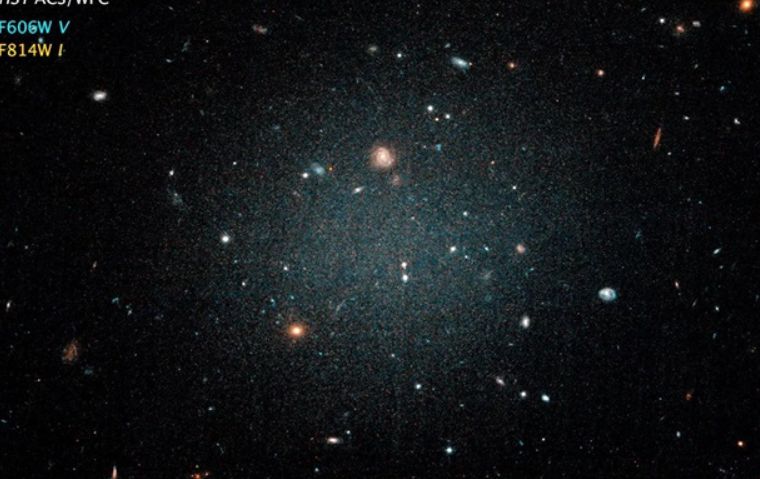
A new theory of self-interacting dark matter helped scientists in this. It turned out that dark matter particles are pushed out from the inner regions of galaxies to the outer ones, eroding the strength of the halo.
Scientists have finally been able to explain why two distant galaxies from the Constellation Cetus have less dark matter than it should be. This is discussed in the study about the new theory of self-acting dark matter, writes Physical Review Letters.
In scholars’ circles, it is believed that most of the matter in the universe is represented by dark matter, the nature of which is not completely clear. Dark matter can only be detected by indirect features, such as gravitational interaction because it does not absorb, reflect or emit light.
Now experts are guided by the theory of cold dark matter (CDM), according to which dark matter particles do not collide with each other and with particles of ordinary matter.
But a newer theory of self-interacting dark matter (SIDM – Self-interacting dark matter) has emerged. It assumes that dark matter particles interact with each other through the so-called dark force.
Both theories explain the emergence of the general structure of the Universe in the same way, but their description of the distribution of dark matter in the inner regions of galaxies is different.
American and Chinese researchers, using a specific example of two galaxies from the constellation Cetus, compared how both these theories work.
The galaxies NGC 1052-DF2 and NGC 1052-DF4, companions of the larger NGC 1052, are about 65 million light-years from Earth. Their luminosity is very low.
Scientists believed that since galaxies have a small number of stars, then there will be a large proportion of dark matter. But observations have shown that this is not the case.
And it was a new theory, not the traditional, that helped scientists in their research. It was possible to find out thanks to computer modelling, in which they relied on the provisions of both the CDM and SIDM models.
So, in the framework of the CDM model, the inner halo of dark matter should be too rigid and resistant to the action of tidal forces from the neighbouring massive galaxy, while scientists observe something completely different.
But the SIDM model showed that dark matter particles are pushed out from the inner regions of galaxies to the outer ones, eroding the strength of the halo.